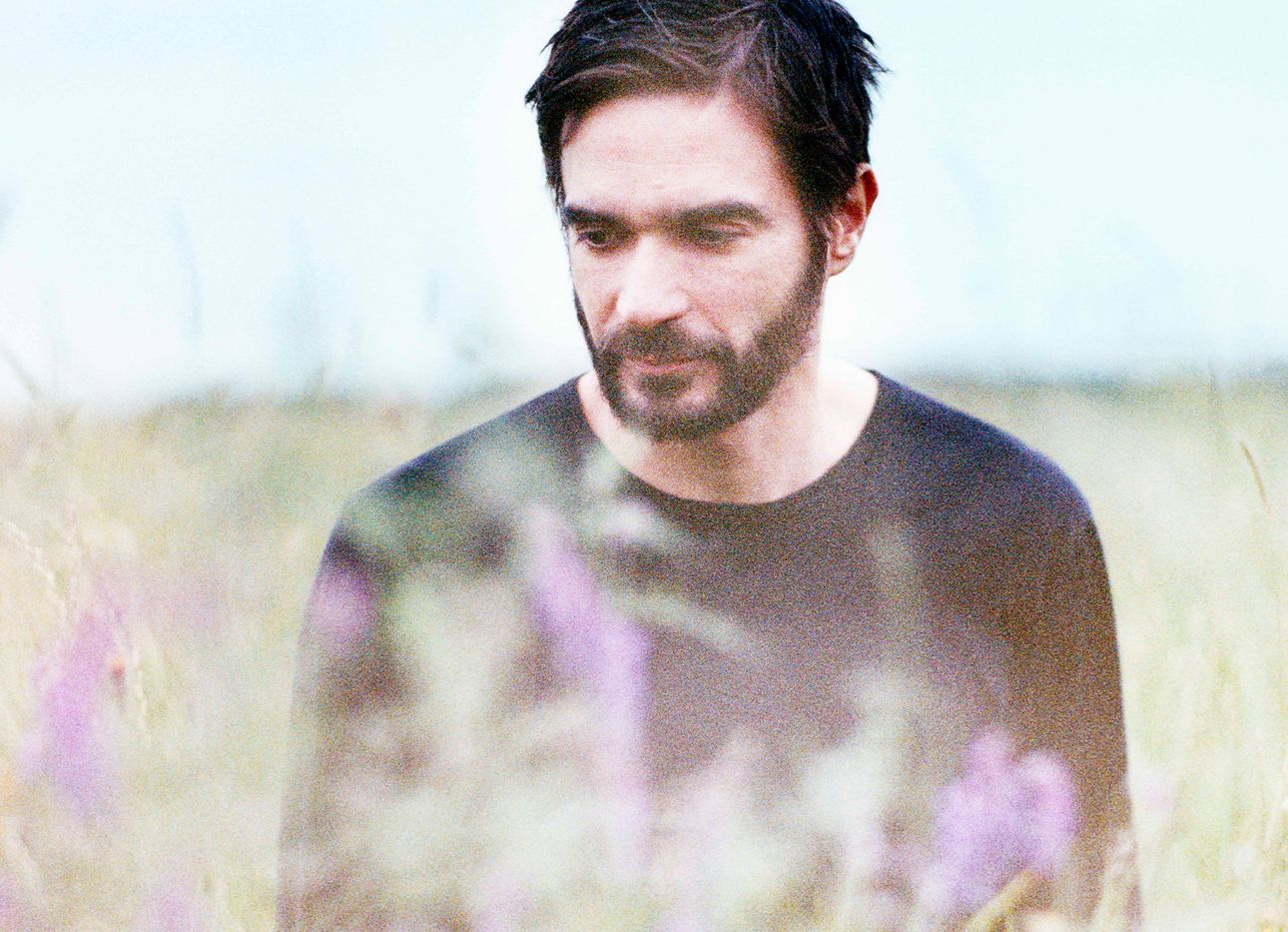
An Original Soundtrack for the Intersection of Hallucinogens and Mental Health
The English electronic musician and producer Jon Hopkins is widely known for his thumping dance music. His star began rising in the 2000s, when the classically trained pianist collaborated with luminaries including Coldplay and Brian Eno. Then his solo career gained speed, generating the rhythmic, Grammy-nominated album Singularity in 2018. But on Hopkins’s sixth studio effort, Music For Psychedelic Therapy, released this past November, he changes direction. “It’s something very far away from a cosmic party or a set of festival-ready bangers,” he says. “Something looking inwards, something egoless … from a different place.”
The album was inspired by Hopkins’s time at London’s Imperial College advising a psilocybin (the psychoactive ingredient in “magic” mushrooms) trial, part of a growing field of research around psychedelic-assisted therapy. He helped create playlists to guide people who were microdosing under doctors’ care toward positive, healing experiences. Music, it turns out, can play an important role in this method of treatment, when patients are often suffering from depression, addiction, or post-traumatic stress disorder, but while doctors, Hopkins learned, often rely on disconnected compilations featuring multiple artists, from Bach to The Beatles. With Music for Psychedelic Therapy, Hopkins offers original, immersive compositions made specifically to play for the occasion its title suggests. The spacious tracks exhibit a decidedly mellower mood, without any beats whatsoever.
The collection often draws on nature to create its calming, delicate array of majestic sounds. Its three central soundscapes are built on field recordings Hopkins made while camping for four days in Ecuador in a massive cave beneath the Amazon rainforest. The recordings he made there—ecstatic bird song, rushing water, echoes bouncing off of the cave floor—are among the ambient record’s few familiar noises. For the most part, the journey hums with continuous, comforting notes of sonic bliss.
Other tracks enhance existing material with a sense of serenity. Hopkins made a few songs with his friend and fellow recording artist 7RAYS, who contributed soundscapes from his vintage synthesizer collection. To achieve an ethereal, indoor-outdoor effect, the sounds were broadcast from speakers hanging in a forest on 7RAYS’s farm in southwest England and re-recorded with field microphones, over-layered with chirping birds, wind gusts, and other alfresco reverberations. The record closes with the luminous “Sit Around the Fire,” which samples a 1975 talk given by the late spiritual leader Ram Dass at a Unitarian church in Massachusetts. “The real work you have to do is in the privacy of your own heart,” Dass says on the track, accompanied by Hopkins’s gentle, resonant piano chords. “All of the external forms are lovely. But the real work is in your inner connection.”
Taken together, the songs create an exquisite, dignified soundtrack that respects the heaviness of the emotional experiences they were designed to augment. Even if taken in while sober, the open expanse the album creates rings clear, inviting listeners to explore its fertile grounds.